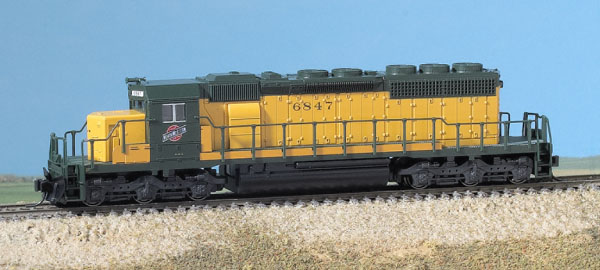
Kato N scale SD402 diesel locomotive When Electro-Motive Division introduced the SD40-2 in January 1972, it quickly became the most popular 6-axle road switcher in history, selling almost 4,000 units to numerous railroads across North America. Kato USA is reissuing an N scale model of the SD40-2 the company originally introduced in 2000. The SD40-2 […]
Read More…

Walthers HO scale C&O Chessie Club car A newly tooled lunch-counter lounge car is part of Walthers HO scale Chesapeake & Ohio Ry. Pere Marquette, which is the firm’s latest name train series. The prototype trains were introduced by the C&O in 1946 as America’s first postwar streamliners. Two matching trains ran between Detroit and […]
Read More…
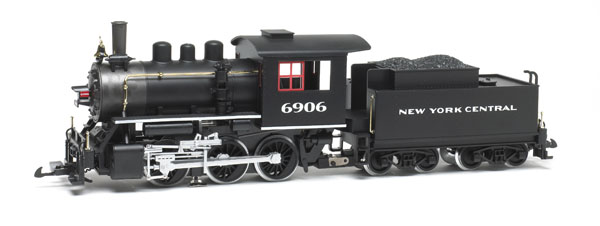
Piko larges cale 0-6-0 steam locomotive Price: $469.99 Manufacturer PIKO America LLC 4610 Alvarado Canyon Rd., Ste. 5 San Diego, CA 92120 Piko-america.com Road names: New York Central and Union Pacific Comments: Smoke and sound are the standout features of this large scale 0-6-0 steam locomotive from Piko America. The model includes a dual-mode Digital […]
Read More…
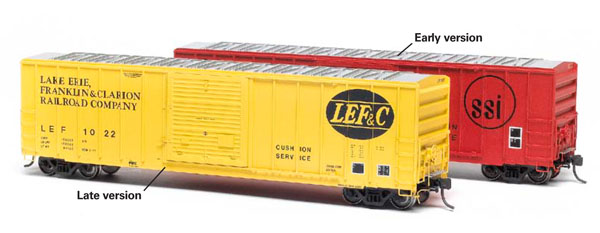
Atlas HO scale FMC 5,077-cubic-foot-capacity boxcar Price: $34.95 (undecorated, $29.95) Manufacturer Atlas Model Railroad Co. 378 Florence Ave. Hillside, NJ 07205 www.atlasrr.com Era: Late 1975 to present Road names Early: Atlanta & St. Andrews Bay, Atlantic & Western, Burlington Northern, and Railbox. Late: Lake Erie, Franklin & Clarion; Cadiz RR; Escanaba & Lake Superior; and […]
Read More…
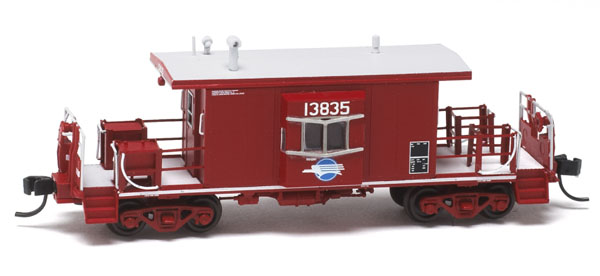
Bluford Shops N scale modern caboose A modern road caboose is the latest ready-to-run N scale model released by Bluford Shops. It’s modeled from one of the last new caboose designs built before changes in state laws allowed railroads to stop operating cabooses in the 1980s. The Missouri Pacific developed this short-body, bay-window road caboose […]
Read More…
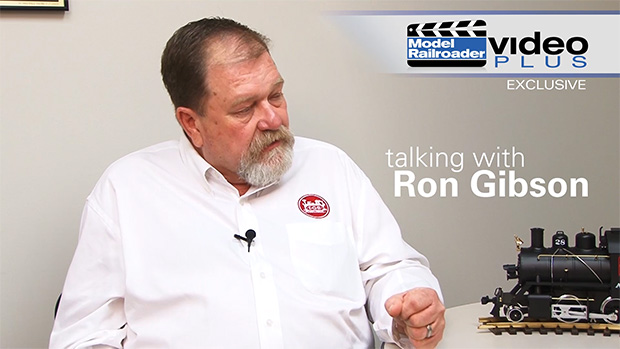
Having trouble viewing this video? Please visit our Video FAQ page Longtime LGB fan and employee Ron Gibson drops into Kalmbach’s studios to chat about the history of the company and some of the exciting new large scale American products on the way from the firm. […]
Read More…
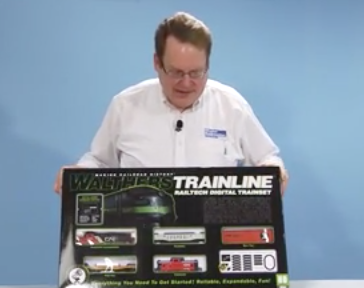
This ready-to-run train set from Walthers includes everything you need to get started in the model railroading hobby. The set features a locomotive, freight cars, caboose, track, and a Digital Command Control (DCC) and sound system. In this video, Model Railroader associate editor Steve Otte shows you how to set up and operate this ready-to-run […]
Read More…
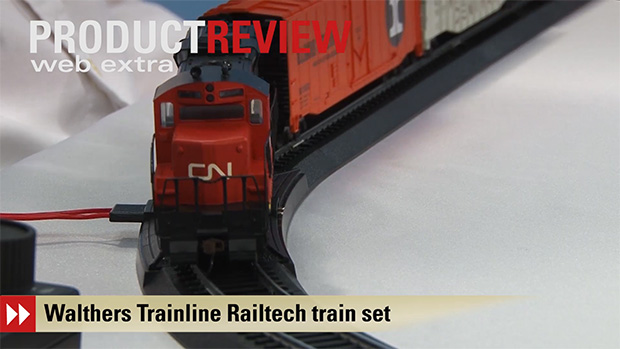
Model Railroader’s Steven Otte looks at Walthers new HO scale Railtech train set with DCC. In this video, Steve shows you how to get started in model railroading by assembling the track, connecting the sound controller, and running a train. […]
Read More…
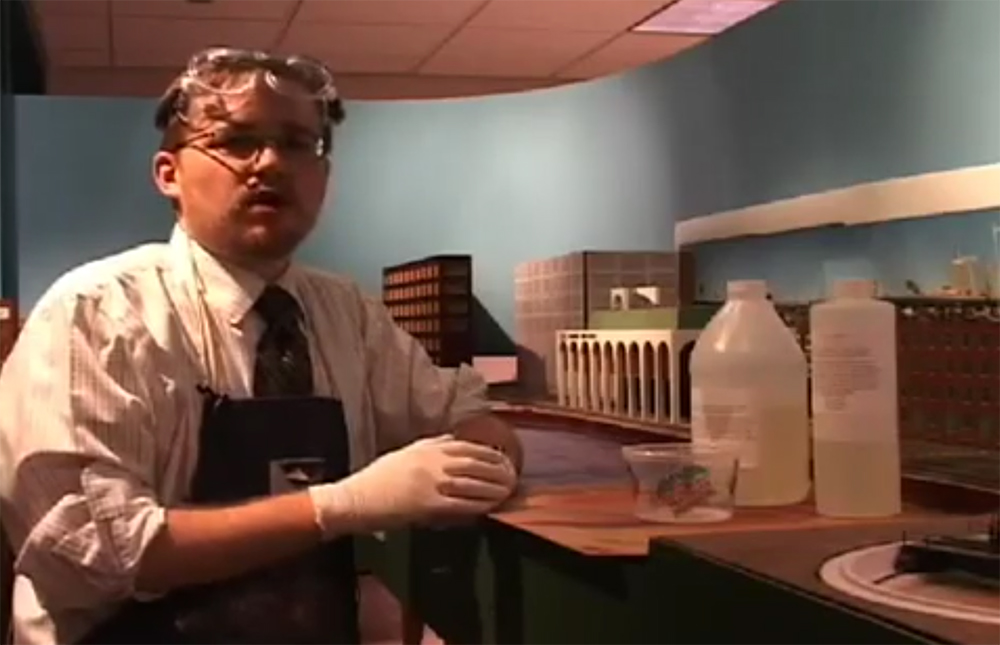
Having trouble viewing this video? Please visit our Video FAQ page Model Railroader associate editor Cody Grivno shows you how to model a water scene using a two-part resin called Magic Water by Unreal Details. […]
Read More…
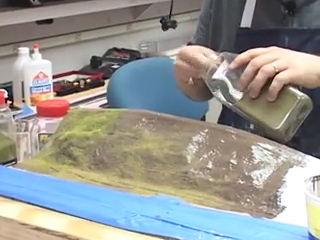
Having trouble viewing this video? Please visit our Video FAQ page Model Railroader associate editor Cody Grivno shows you how to add ground cover and other easy scenery techniques to your model train layout. […]
Read More…
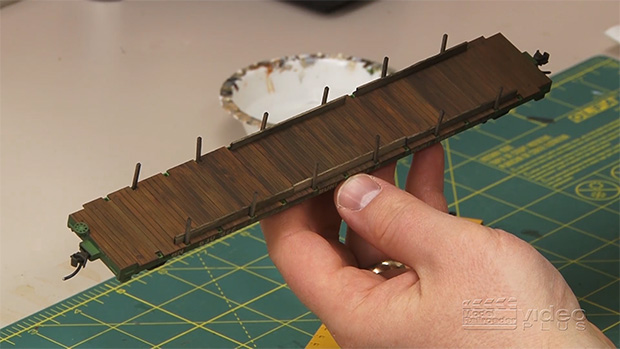
Having trouble viewing this video? Please visit our Video FAQ page Welcome back to Cody’s Workshop. In episode 3, Cody shows you how to get a realistic weathered finish for your flatcar decks. He also gives you some tips on using punches to make drillbit starter holes, and answers a variety of viewer mail. […]
Read More…
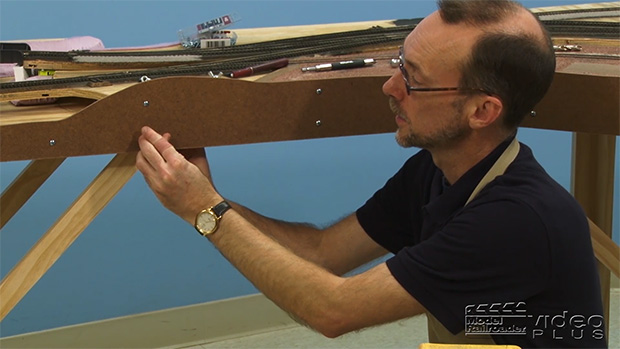
Having trouble viewing this video? Please visit our Video FAQ page In the fourth and final benchwork video for our Thin Branch Project Railroad, David adds the fascia to the HO layout using tempered hardboard. This technique can be used on any model railroad. […]
Read More…












